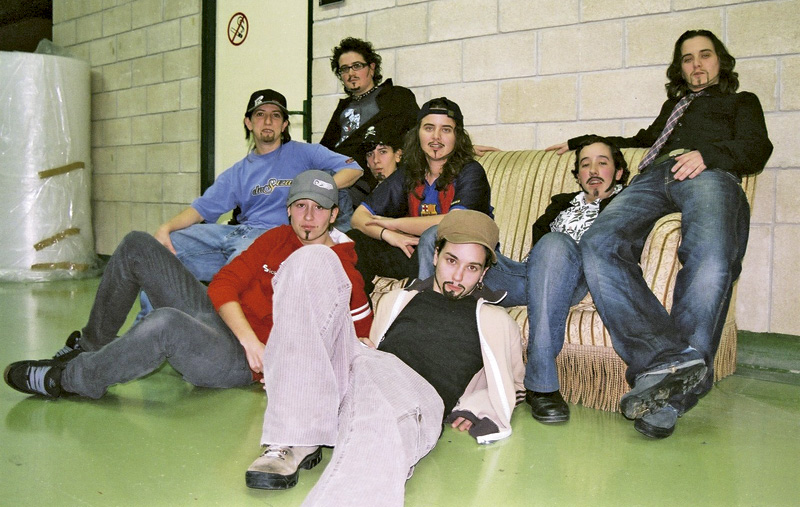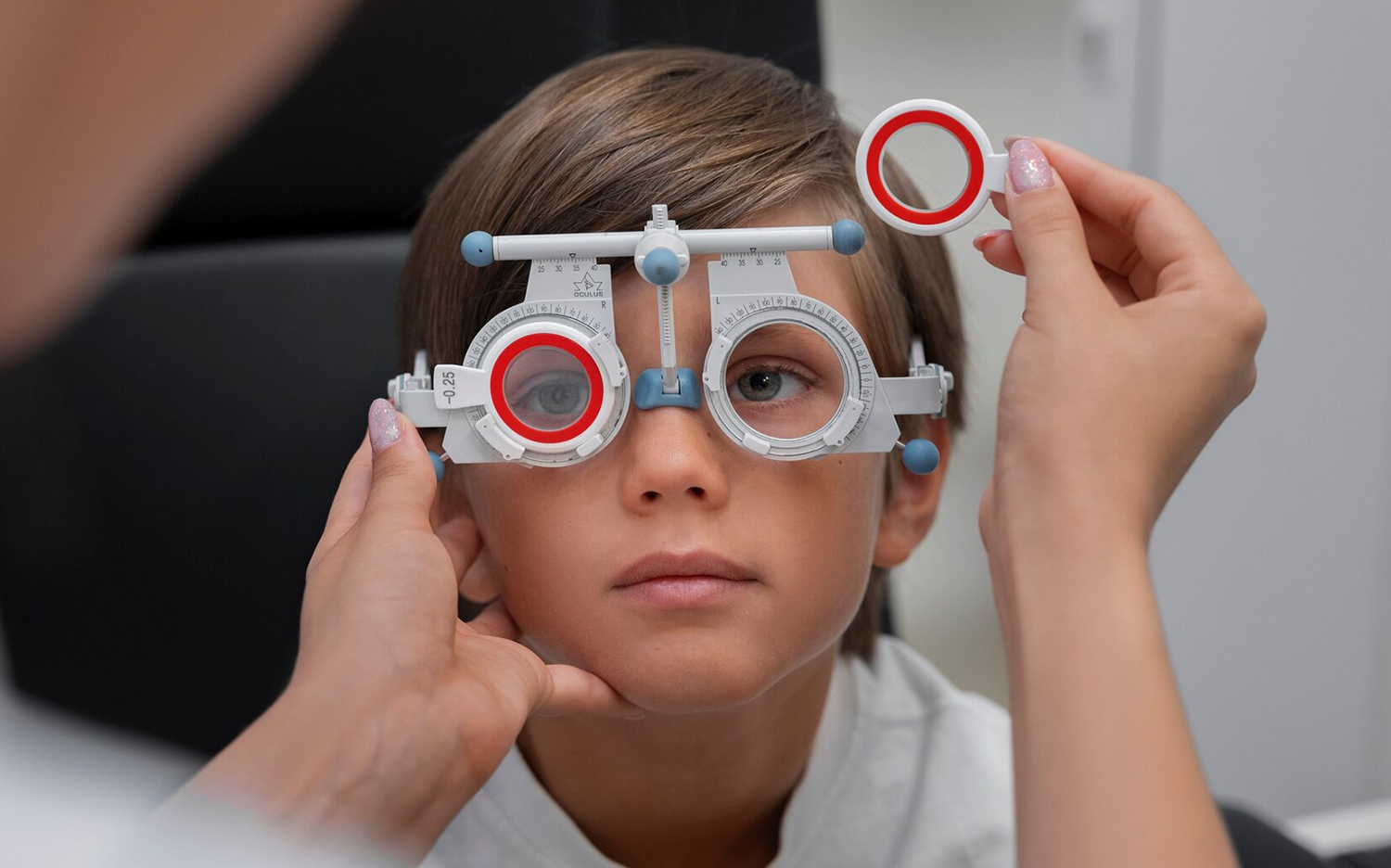
The Drag King basically wants to break with gender norms. They are based on queer theory and performance as mango. Bilgune Feminist organized last May the Abertzales Women’s Feminist Encounters*. There, the Medeak collective delivered the Drag King workshop, led by Kattalin Miner and Josebe Iturrioz. It only gave time to work on the practical aspect, as they prioritized placing it in some contexts and values. “According to society, what makes me a woman? Very candela. What man? Penis. That and all the labels that have been created within it are in short the construction of gender,” Iturrioz began.
The education we have received has accustomed us to adopting different attitudes on the part of people with disabilities. Female women and male men are in social and cultural “normal” bodies. Feminism claims that this is something built, because it is within the framework of power relations. “When we cover the breasts and put the penis in, people can say that this is a fake construction, which is plastic. But femininity is also something built, artificial,” says Miner. “Europe is not interested in free women,” Iturrioz continued, “so they killed witches, because they were women that capitalism did not want. They have later created the kinds of women they care about: submissive, tidy, joyful...”.
Drag King are answers to a problem that are reflected through bodies. The report highlights the influence it had in the 1960s and 1970s. It was an artistic and political movement.
Each drag King reflects a different view from the male. The workshop explained that this is an “uncontrollable” parody and that this is why they have been criticized many times: “All the shit you have inside comes out. Normal. We have been holding rebels for many years and all this is a reflection of it,” said Iturrioz. Miner added that when women choose masculinity, we make this feel uncomfortable.
They also say that masculinity is power and that, ultimately, we also materialize it. “But when male women emerge, there is no powerful masculinity. They are not privileged bodies, but with conscience.”
How to incarnate it?
On the one hand, you have to make some changes to the skin: cut and shave the shredded hair, cover the breasts of the bandage, make the condom and cotton to make the penis, wear special clothing... “When you put on a male suit, the attitude of women changes radically and that is very enriching,” says Iturrioz. The second fundamental element is precisely the change of attitude: march, words, look... “The girls don’t know how to masculinize the body, they’ve stolen all the codes from us. We don’t know how to shake hands, because although we try, we always get two kisses,” Miner said.
The Drag Queen, usually individually and as they appear onstage, are more enriching in the group as it increases masculinity.
With all this, they intend to break the gender norms and generate emotion: "It will be an impact of about ten minutes and will generate criticism. But there has already been a debate or a change of chip in the environment,” says Iturrioz. “We can see four huts, but behind there are four people. Four feminists timber the construction of gender and what has hurt us.”
Many Basque feminists have been disappointed to learn that writer Chimamanda Ngozi Adichie has externalized pregnancy, meaning that a surrogate has fertilized her baby for money.Adichie is the author of the essay We should all be feminists, among others. They have ignored the... [+]
Indartsua, irribarretsua eta oso langilea. Helburu pila bat ditu esku artean, eta ideia bat okurritzen zaionean buru-belarri aritzen da horretan. Horiek dira Ainhoa Jungitu (Urduña, Bizkaia, 1998) deskribatzen duten zenbait ezaugarri. 2023an esklerosi anizkoitza... [+]
Orain arte desgaituak ez diren pertsonekin lehiatu da Uharteko Ipar Eski Taldeko Eneko Leyun eskiatzailea (Iruñea, 1998). 2024-2025 denboraldian, lehenengo aldiz parte hartu du Adimen Urritasuna duten Pertsonentzako Iraupeneko Eskiko Espainiako Txapelketan. Urrezko... [+]
Pertsona lodiek lodiak izateagatik bizi izan duten eta bizi duten indarkeriaren inguruan teorizatzeko espazio bat sortzea du helburu ‘Nadie hablará de nosotras’ podcastak. Cristina de Tena (Madril, 1990) eta Lara Gil (Fuenlabrada, Espainia, 1988) aktibista... [+]
Gazteagotan baino lotsa handiagoa dauka, baina horrek ez dio saltsa askotan ibiltzeko gogoa kentzen Leire Zabalza Santestebani (Iruñea, 1990). Beste gauza askoren artean, Motxila 21 musika taldeko kidea da. Nabarmendu du musika gauza asko aldarrikatzeko bide izan... [+]
Miopia gero eta gehiago eta gero eta lehenago ari da garatzen, eta horren arriskua da dioptriak gehitzen joatea eta helduaroan begiari lotutako hainbat gaitz izateko aukerak dezente handitzea. “Eguzki-argia jasotzea inportantea da, eta denbora asko ez igarotzea oso gertu... [+]
Istorioetan murgildu eta munduak eraikitzea gustuko du Iosune de Goñi García argazkilari, idazle eta itzultzaileak (Burlata, Nafarroa, 1993). Zaurietatik, gorputzetik eta minetik sortzen du askotan. Desgaitua eta gaixo kronikoa da, eta artea erabiltzen du... [+]
This wedge that the announcement on the radio Euskadi to replace the bathtub with a shower encourages the commencement of the works in the bathroom of the house. A simple work, a small investiture and a great change are announced. There has been a shift in toilet trends and a... [+]



















